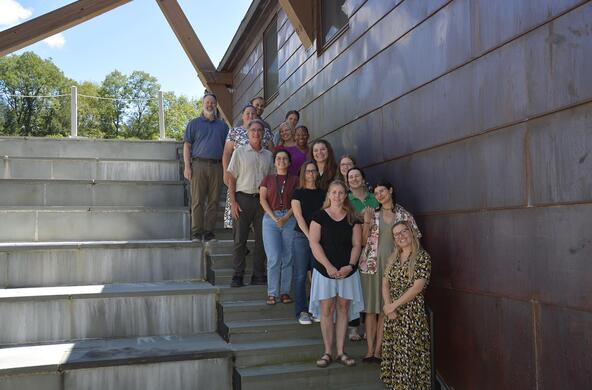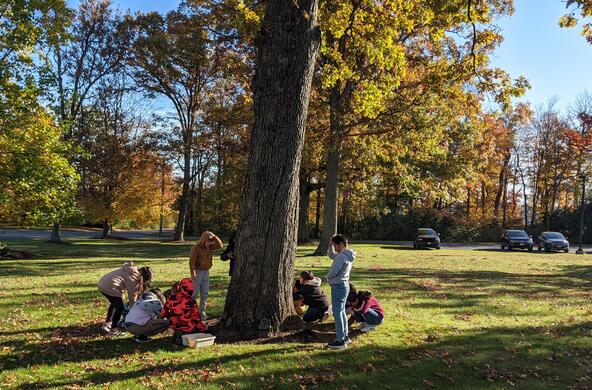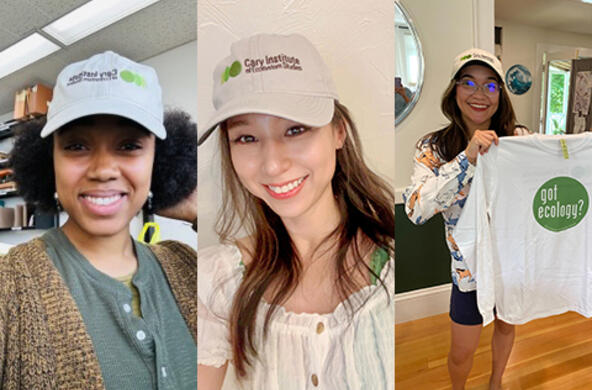As the Next Generation Science Standards go into effect in many states, schools across the nation are scrambling to update their curricula. The standards emphasize real-world scientific skills, and divide the sciences into life, physical, and Earth sciences. Unfortunately, like many school districts, Baltimore City Public Schools has no high school Earth science teachers or courses.
To help overcome this barrier, Alan Berkowitz — Head of Education at Cary Institute of Ecosystem Studies — is leading EarthX, a project that is bringing Earth science lessons to nearly 10,000 Baltimore high school students who otherwise would never learn about the subject, making them better prepared to engage with the pressing problems of environmental sustainability. Angela Hood, Cary Program Leader and EarthX Project Manager, and David Fischer, Cary Education Associate Research Specialist and Data Coordinator, also play integral roles in the project.
Working together with the school district and a team of about 25 science teachers and collaborators at four universities, EarthX has been helping to design Earth science curricula that fit organically into the biology, physics, and chemistry classes that students already take. The finished lesson plans are being shared across the school system’s 140 high school science teachers, most of whom have little or no Earth science training.
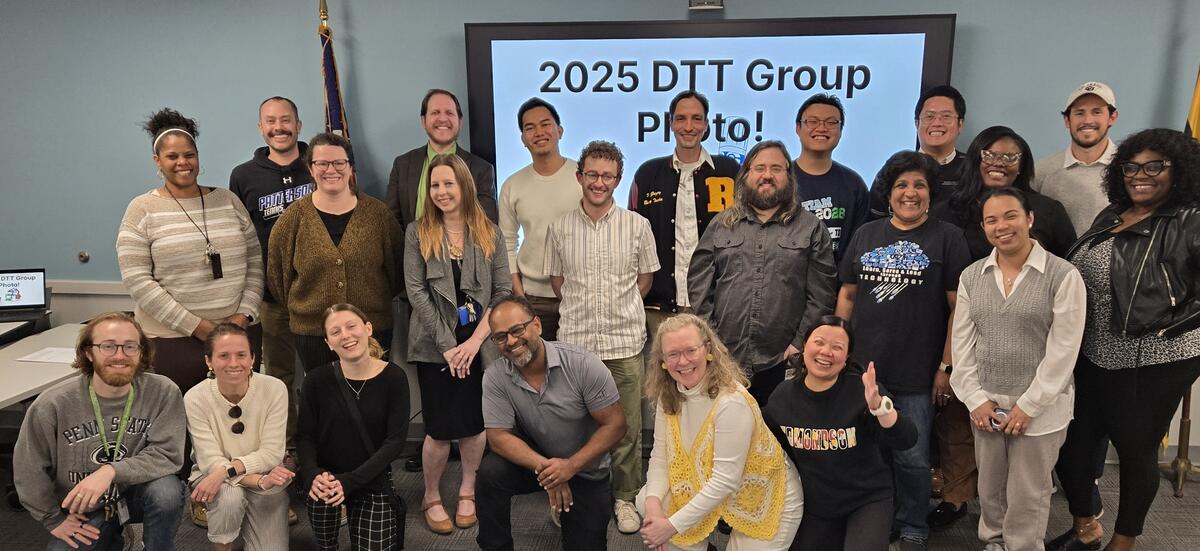
EarthX also offers professional learning experiences for teachers, to get them more comfortable with not only teaching Earth science, but teaching in the more immersive way required by the new standards, known as three-dimensional learning.
“Three-dimensional learning means not just lecturing to the students and having them fill out worksheets,” Berkowitz explained. “We have them doing experiments, making arguments, and using data and models to support claims, so they’re taking on the practices of scientists.” Units are also intended to be responsive to the students, using carefully crafted assessments created by the EarthX team to understand what background knowledge students bring to the beginning of the unit, and the knowledge and skills they take away by the end of the unit.
Place-based, student-centered learning
EarthX expands on Berkowitz’s previous work integrating Earth science into chemistry classes in Baltimore. Many of the new lessons will be place-based, informed by Cary Institute’s long relationship with the city via the Baltimore Ecosystem Study, a research project that investigated Baltimore’s unique urban ecology for more than 20 years. A “Mosquito City” section, for example, consists of eight lessons about mosquitos and environmental health inspired by Cary disease ecologist Shannon LaDeau’s research.
Another unit EarthX is designing for chemistry classes would focus on changing oceans through the lens of the nearby Chesapeake Bay. The unit covers why the oceans are changing and the different ways agricultural practices and carbon dioxide emissions affect oceans, while also delving into acid-base chemistry. At the end of the unit, the students come up with a plan to mitigate the damages based on what they’ve learned.
“We want to get those students involved and kind of center them in their own learning,” said Hood. “And we want to provide opportunities for teachers to be responsive in their teaching.”
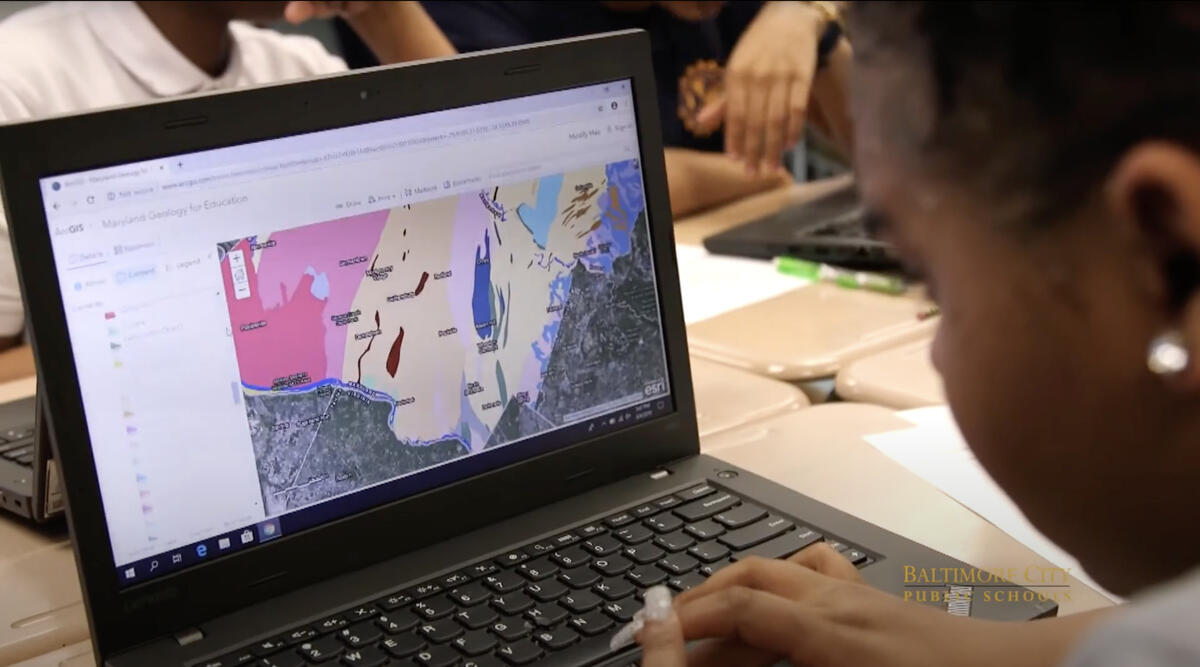
Berkowitz acknowledged that the units, spread across three science courses, probably don’t add up to a complete Earth science course offered in other school districts. And the teachers, always crunched for time, may not be able to teach all the units. “But,” Berkowitz said, “we’re doing the best we can, and it’s Earth science that the students would not get otherwise.”
Next steps include revising the new Earth science units with the school district education leaders and teachers for a second round of in-the-classroom testing. Many of the teachers who have been with the project for upwards of three years will be helping lead professional learning sessions for the broader teacher community over the next two years. EarthX lead teachers will support their colleagues in implementing the curricula, collecting feedback from students, and understanding how to respond to feedback.
Berkowitz said he’s proud of the relationship the team has built with the teachers who have been helping to design the curriculum and shape the project. “I'm very proud of the sense of engagement and empowerment and respect that they feel from us, and their willingness to share. We have amazing conversations at our sessions. They really bought into the goals of the project and helped create our guiding principles.”
Baltimore City Public Schools are not the only ones waiting to see how the experiment turns out. Peers at a recent annual meeting of the National Association of Research and Science Teaching were curious to hear the project’s takeaways, as they could have implications for schools in similar situations across the US.




